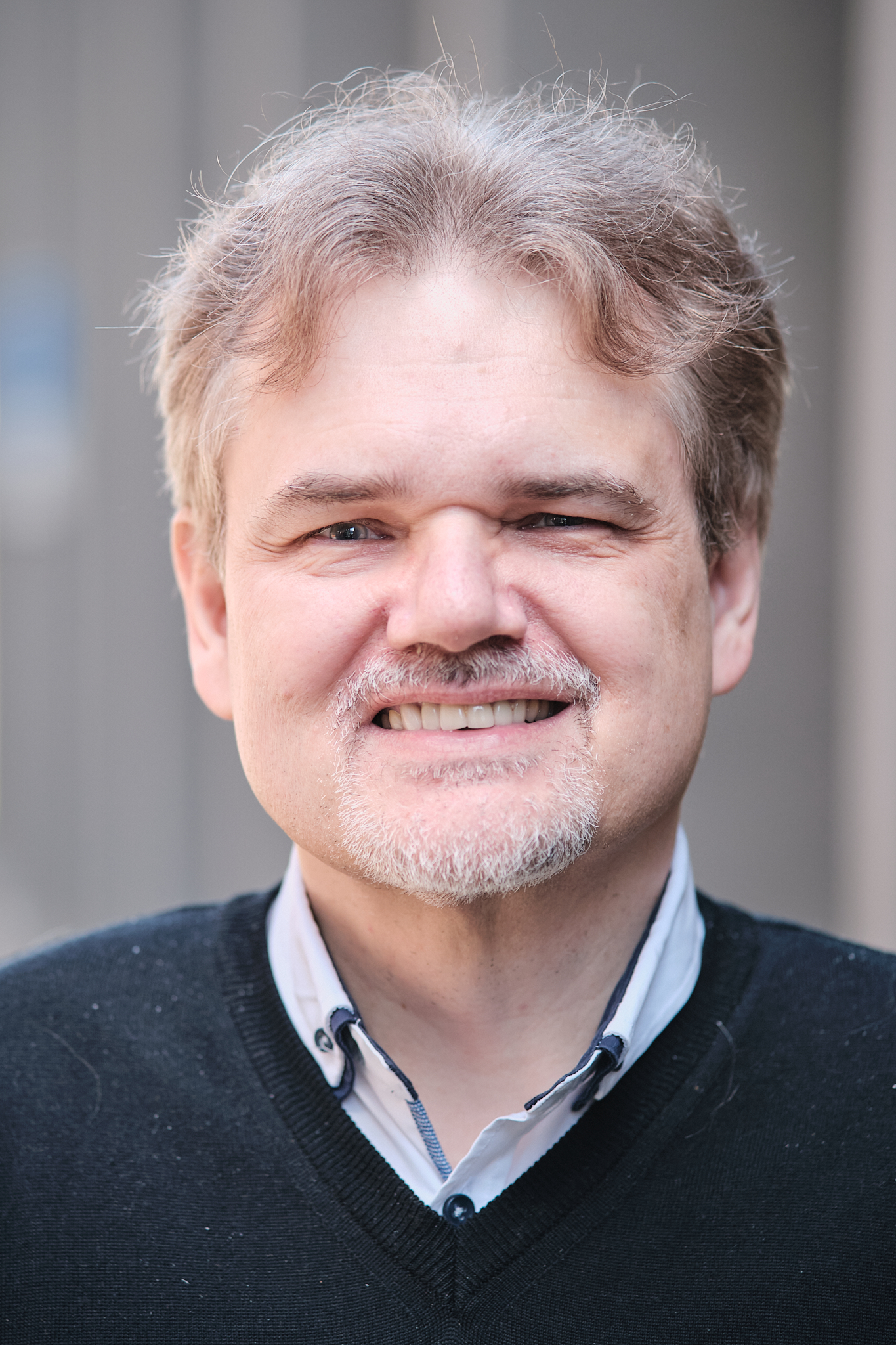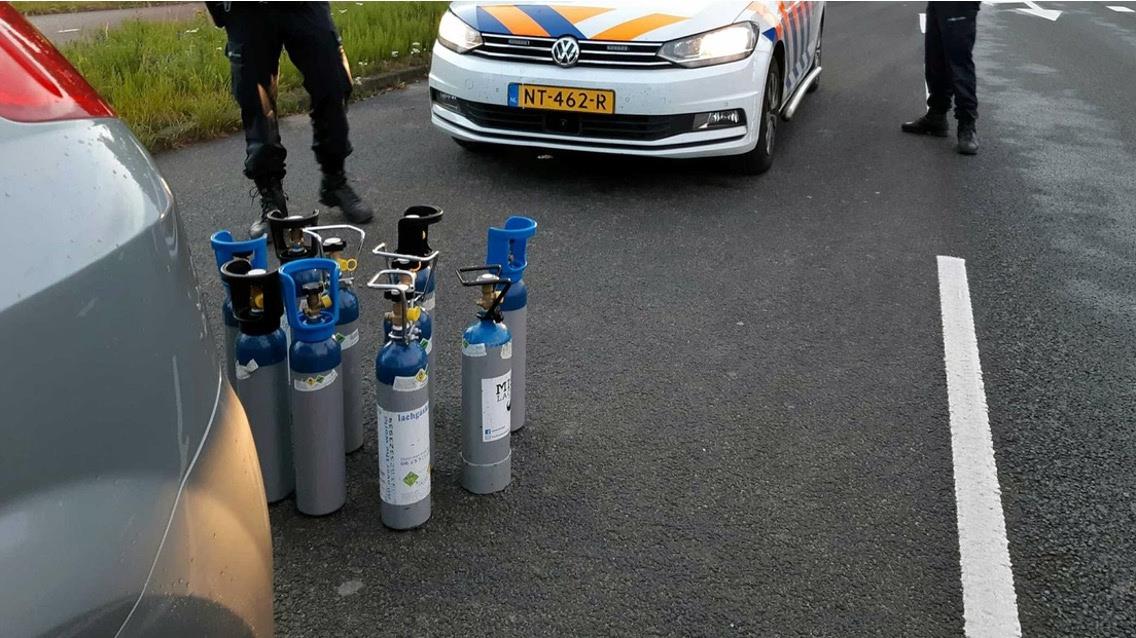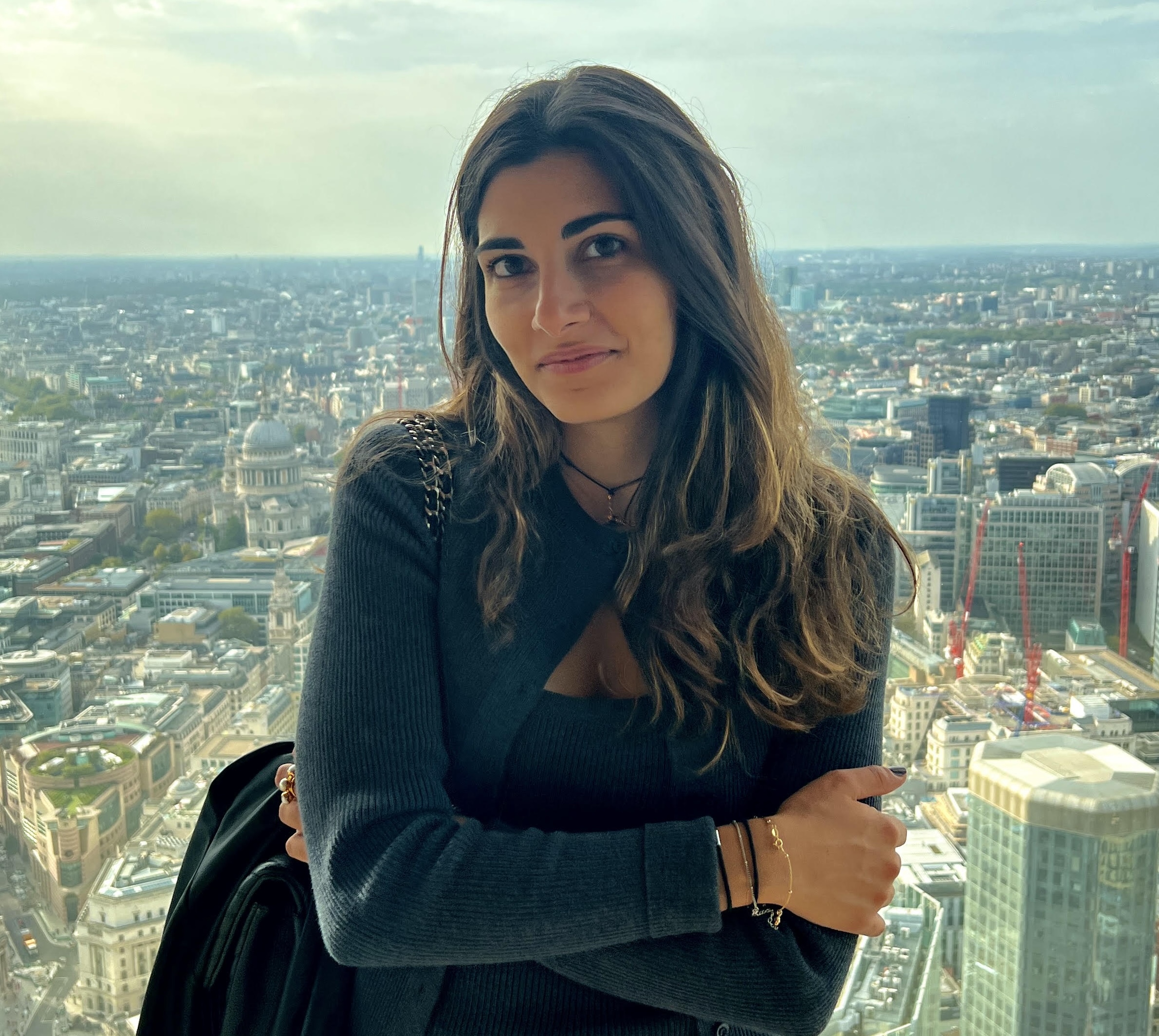Agustin Lage Castellanos invited to present at the Algonauts Project Workshop at MIT
Earlier this year the Massachusetts Institute of Technology (MIT) in Boston, USA, issued a technical challenge for understanding the visual cortex of the brain. Around 70 teams from countries all over the world have competed. Agustin Lage Castellanos' team won the MRI part of the challenge and on 20 July they presented their work at the Algonauts Project Workshop at MIT.
What the brain likes
For this challenge Agustin and his team received MRI data of 15 participants. Their brain activity was recorded while they viewed 200 photographs. They wanted to understand what features in the photographs the brain considered to be ‘similar’. For example: a region in the brain that “likes” faces, will not respond if you look at an apple. But the region that “likes” circular shapes will.
Consumed
The team’s first submissions were ranked 5th and even 1st in the live ranking feed. During the first days of the challenge, their score kept getting beat by other teams. “Very soon the challenge became my main motivation and obsession” says Agustin. Nearing the deadline, 3 teams were in the running for the top spot. “1 hour before the deadline we were in first place, I decided that washing a big pile of dishes was the best strategy for calming down”. The deadline passed and after Agustin and his supervisor, Federico De Martino, wrote a technical report, it was confirmed that they had won the fMRI part of the competition and scored 3rd in the MEG part.

The team
- Agustin Lage Castellanos
- Federico De Martino
- Kris Evers
- Georgia Liapi
- Wenxin Su
- Raphael Stolpe
Coming to America
The team was invited to present their work at the Algonauts Project Workshop in Boston on 20 July. The team chose to present their work via Skype “I knew that getting a US Visa within 2 weeks would by implausible, so this was the best option”.
They presented remotely from Havana together with the winner of the MEG, an Indian computer science PhD Student. “It was nice to chat with the other teams that I was trying to beat during the competition. It felt like we already knew each other a long time, but it was the first time we talked, and we made jokes about how difficult was to beat each other.”
The next step will be to write an article that summarises all the winning approaches in collaboration with MIT.
Also read
-
FPN’s prof. dr. Rainer Goebel has been awarded an ERC Advanced Grant of € 2,5M for his research project Reading the Mind’s Eye: AI inspired personalised brain models of mental imagery. Goebel is among 255 researchers (out of 1829 applications in all domains) in Europe to receive the grant, and he is...
-
When nitrous oxide (laughing gas) is used recreationally, its presence remains detectable in the breath and bloodstream for at least 60 minutes after inhalation, and the development of an instrument to measure it is technically feasible. These were among the findings of a study at Maastricht...
-
What happens in the brain of someone with a psychiatric disorder? Eleonora Broggi, an alumna of the bachelor Biomedical Sciences at Maastricht University, is investigating brain patterns in people with autism spectrum disorder at King’s College London. Read how Eleonora uses Biomedical Sciences for...


